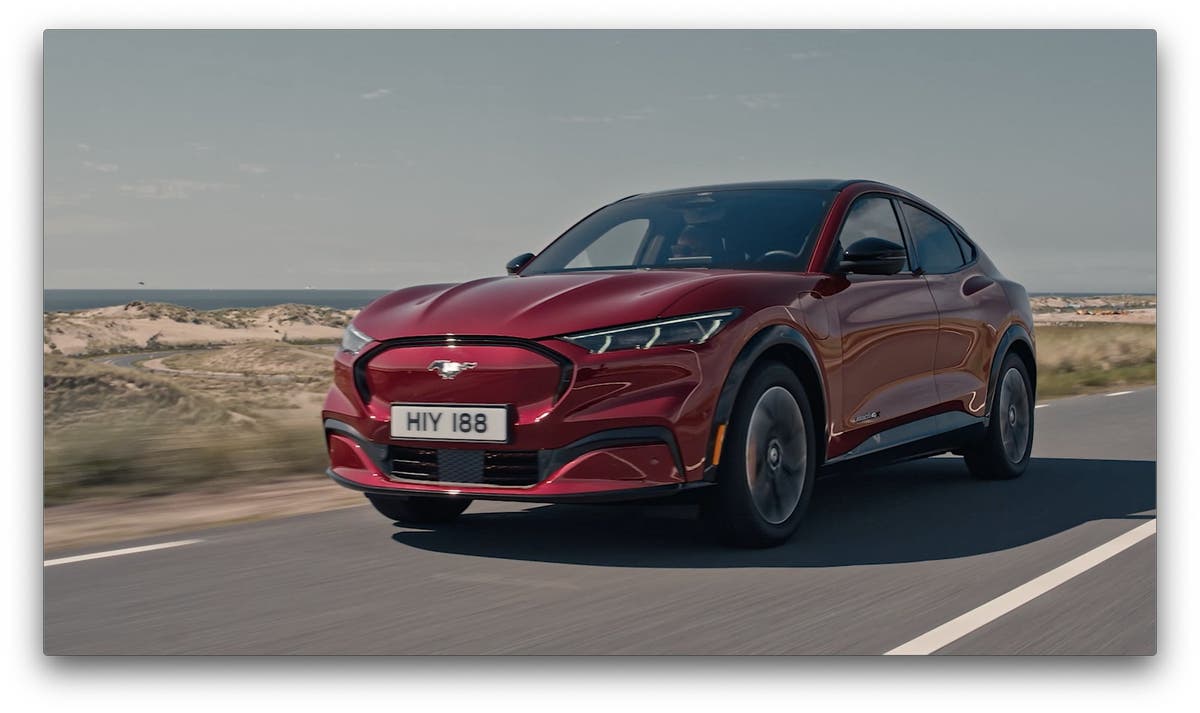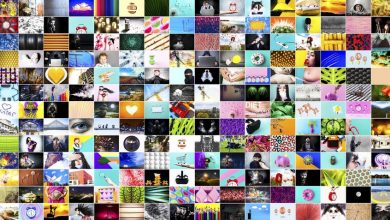How Ford’s digital-first approach put customers in the driving seat during lockdown

Something that really resonated with me from this year’s Adobe Summit, was the number of customers sharing how the COVID-19 pandemic had accelerated their digital transformation plans faster than they ever thought possible. When speed was of the essence, leading car manufacturer, Ford of Europe, was one of the companies leading the way.au
The pandemic – and subsequent lockdowns – left the company needing to close dealerships and cancel automotive shows where it would traditionally have launched and sold its vast range of vehicles. But, at the same time, it started to see more demand for vehicle ownership – especially from younger audiences – who realised a car would be the most convenient and safest way to travel during the pandemic. Claire Hepworth, Head of Customer Engagement, Ford, described the situation to us at Adobe Summit: “The pandemic caused disruption in the sense of how it closed the physical side of the industry down, but also in terms of how people got from A to B. Many people realised how much they wanted a car when they could not, or did not want to, take public transport. During the pandemic, a car was like a safe bubble.”
Ford’s answer to its greatest challenge was a bold one; to expedite the digital transformation it had kick-started a couple of years ago and create a truly digital-first approach to vehicle launches, sales and after-care, with customers’ needs right at the centre.
Contents
Focusing on a completely online vehicle launch
Ford had already been exploring e-commerce as part of its digital transformation, but the true test came with the launch of its first all-electric SUV – the Mustang Mach-E – which would now be completely online.
“Five years ago, we couldn’t have predicted Covid, but we could see a need for a more omni-channel experience. We knew two-thirds of consumers would be open to buying a vehicle online, and so focused on building out our ecommerce offering. When the pandemic hit, it became a central part of our plan, integral to how we kept selling.”
Everything from registering interest, to purchasing and vehicle customisation was carried out online. With test drives on hiatus, customers were invited to virtual showrooms and provided with in-depth content around the vehicle’s functions and features, to replicate the experience they would normally have received at a dealership.
But it wasn’t just about purchasing cars online. Ford started offering a true ‘online marketplace’, where customers could buy any kind of goods, products or services from its e-commerce site, including service plans and car accessories as well as the vehicles themselves.
Accelerating communications with customers
Ford’s ambition is to treat customers like family, and by moving to a digital-first model it was able to do just that. For the business, this means being able to predict the needs of its customers and their vehicles, according to where the customer is in the purchasing or ownership cycle, and personalising outreach accordingly. Adobe Analytics measures and informs its ‘next-best action’ communication, while Adobe Campaign and Adobe Target deliver timely, personalised communications, based on customers’ and their vehicle’s needs.
“Customers want hyper-personalised experiences when buying a car. They want to know that you understand them, their vehicle, and their future needs. Adobe Experience Cloud lets us truly understand our customers and tailor communications to where they are in the sales-cycle. So whether they’ve simply registered interest in a new vehicle, or they’ve been a customer for a while and their car is due a service, they’ll receive personalised communication from us on just that – and at exactly the right time.”
The road ahead
As it moves forward, Ford wants to add AI and machine learning to its customer experience. Critical to achieving this will be the commitment and progress the business has already made to breaking down data siloes and bringing all teams – from pre-sales to after-sales, marketing, maintenance customer service – together to make the most effective use of its data and create a single view of the customer. In the future, AI and machine learning coupled with prognostic data will be used to predict when a vehicle is likely to need servicing or maintenance ahead of time. Through dynamic 1:1 communication, Ford plans to pro-actively advise customers to bring their vehicles in for checks, before a problem manifests itself.
Thanks to it its investment in digital, Ford is now in a position to run a truly omni-channel experience for customers. The company is going to take a hybrid-approach that enables customers to engage with the brand both digitally and physically now that dealerships have reopened – based on their preference. As Hepworth says: “We’re going to keep accelerating the online innovation as we move forward, but want a ‘best of both worlds’ approach, which acknowledges that customers will sometimes want to do things online, but will at other times want to visit a dealership. We’re on-boarding dealers to the system and making sure they can use it to communicate with customers too – it will keep the personal element there and show people Ford is one connected company they have a relationship with, no matter how they choose to interact with us”.
We’re clearly entering a new era in customer experience, one that’s been expedited by the pandemic. Ford is a great example of how the automotive industry has evolved accordingly. With more consumers open to purchasing big-ticket items like cars entirely online, these kinds of experiences will only become more commonplace, even as pandemic-related restrictions start to lift. And I, for one, am excited to see what comes next.
Source : Adobe








